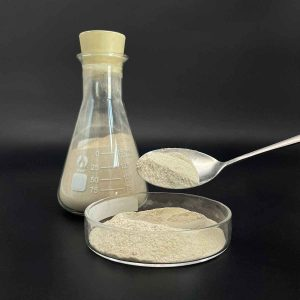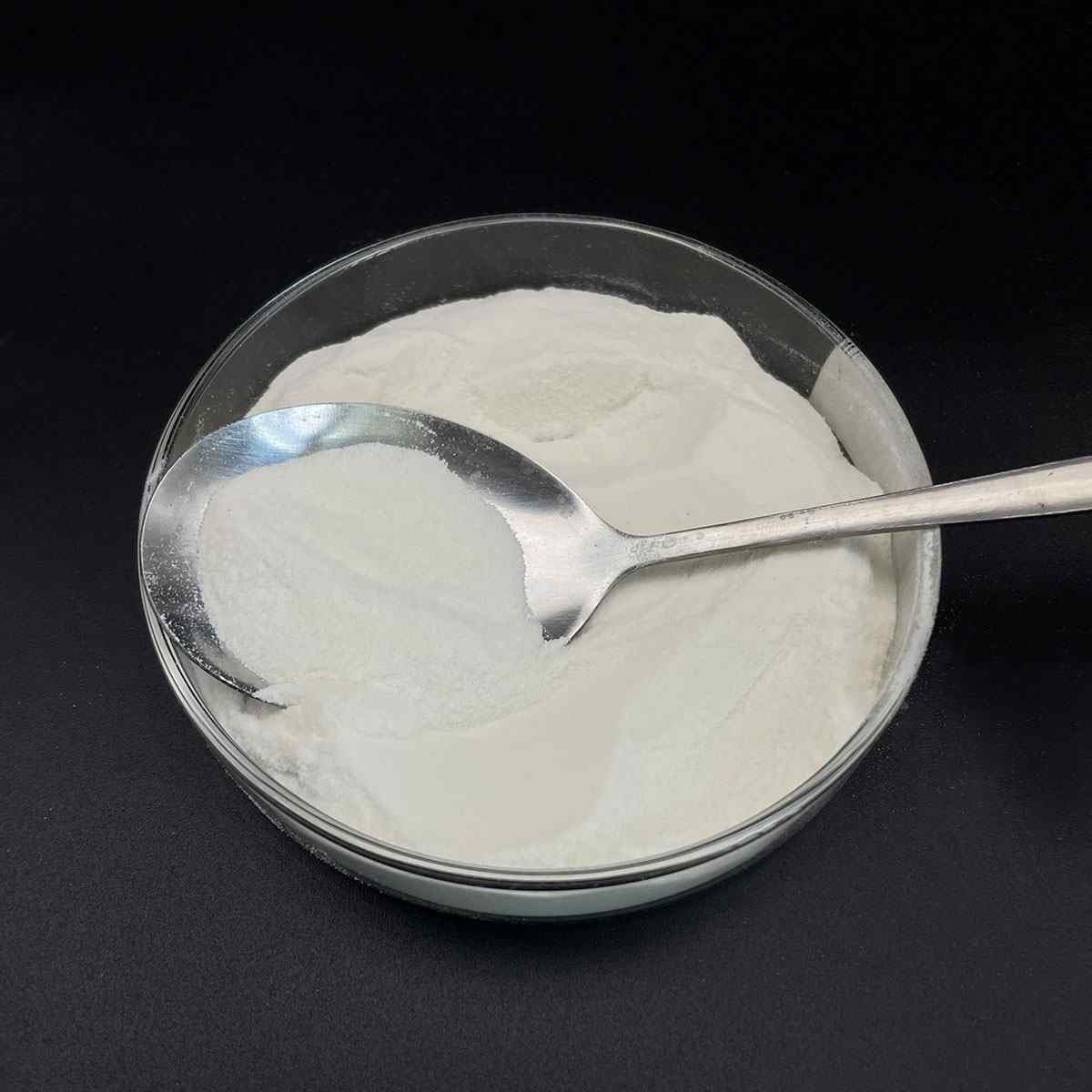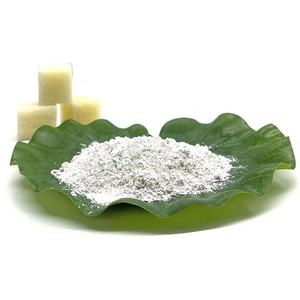1. Introduction
In the past 48 hours, agricultural technology firms have reported a surge in demand for specialized surfactants compatible with next-generation bioherbicides, driven by tightening regulations on synthetic pesticides in the European Union. Among the compounds gaining renewed interest is sodium lauryl sulfate (SLS), traditionally associated with personal care formulations but now proving indispensable in niche technical applications. This shift underscores the evolving role of classic anionic surfactants like SLS—also known as sodium dodecyl sulfate or natrium lauryl sulfate—in advanced industrial and environmental contexts.

Sodium lauryl sulfate, often abbreviated as sls sodium lauryl sulfate or simply sls sulfate, is a powerful anionic surfactant valued for its ability to reduce surface tension, emulsify oils, and enhance wetting. While frequently compared to milder alternatives like sodium laureth sulfate (also called sodium lauryl ether sulfate or laureth sulphate), SLS remains unmatched in certain high-performance scenarios due to its strong detergency and cost-effectiveness. This article delves into five underreported, real-world uses of SLS that demonstrate its relevance far beyond the bathroom shelf.
2. Sodium Lauryl Sulfate as a Surfactant for Herbicides
One of the most impactful niche applications of SLS is in agricultural formulations, specifically as a surfactant for herbicides and weed killers. When added to glyphosate-based products like Roundup, SLS acts as a lawn wetting agent that improves leaf coverage and penetration. Unlike nonionic surfactants such as polysorbate 80 or ethoxylated alcohols, SLS’s anionic nature enhances adhesion to waxy plant cuticles, ensuring active ingredients reach target tissues more effectively.
Farmers and agronomists increasingly combine SLS with bio surfactants like decyl glucoside or coco glucoside to balance efficacy and environmental safety. This hybrid approach leverages the robust performance of anionic surfactants while mitigating phytotoxicity risks. Notably, SLS is often preferred over ammonium lauryl sulfate or sodium dodecylbenzene sulfonate in organic-compatible systems due to its biodegradability profile and regulatory acceptance.
3. Precision Agriculture and Wetting Agents for Grass

In turf management and golf course maintenance, uniform water distribution is critical. SLS functions as a wetting agent for grass by reducing the surface tension of irrigation water, enabling deeper soil penetration—especially in hydrophobic sandy soils. This application is distinct from cosmetic uses; here, the focus is on soil physics rather than foaming.
When compared to cationic surfactants like cetyl trimethyl ammonium bromide (CTAB) or amphoteric types such as cocamidopropyl betaine (also known as coco betaine or amidopropyl betaine), SLS offers superior spreading without the risk of binding to soil particles. Its compatibility with lignin sulfonate-based soil conditioners further enhances its utility in sustainable land management practices.
4. Formulation Enhancer in Biopesticide Delivery Systems
Recent advances in biopesticide technology rely on nanoemulsions to deliver microbial agents or plant-derived actives. SLS plays a key role as a primary emulsifier in these systems, often paired with nonionic surfactants like Pluronic 127 (poloxamer 188) or Span80 to stabilize droplet size. Its anionic character prevents aggregation of bioactive payloads, ensuring consistent field performance.
Researchers have also explored SLS in combination with sodium cocoyl isethionate, sodium lauroyl sarcosinate, and sodium coco sulfate to create milder yet effective delivery matrices. These blends avoid the harshness of pure SLS while retaining its interfacial activity—critical when working with sensitive biologicals like Bacillus thuringiensis or neem extracts.

5. Dispersant in Nanomaterial and Catalyst Synthesis
In materials science, SLS is employed as a templating and dispersing agent during the synthesis of metal nanoparticles. For instance, in the production of copper 1 bromide nanocrystals, SLS controls particle growth by adsorbing onto crystal faces via its dodecyl alcohol-derived tail. This prevents agglomeration and yields uniform morphologies essential for catalytic or electronic applications.
Compared to fluoro surfactants or synthetic polymers, SLS offers a low-cost, water-soluble alternative with minimal residue. Its use is particularly prevalent in labs and pilot-scale facilities where reproducibility and ease of removal are priorities. Moreover, SLS can be readily substituted with bio-based alternatives like alkyl polyglucoside when sustainability is paramount.
6. Stabilizer in Oilfield Drilling Fluids
Though less publicized, SLS is utilized in oil and gas drilling operations as a foaming and emulsifying agent in water-based mud systems. It helps suspend drill cuttings and maintain fluid stability under high shear. In this context, SLS is often blended with sodium oleate or sodium deoxycholate to enhance thermal resilience.
Unlike cationic surfactants—which can interfere with clay stabilization—SLS’s anionic nature complements common drilling additives. Suppliers like Rohit Surfactants Private Limited market technical-grade sodium lauryl sulfate for sale specifically for such industrial uses, distinguishing it from cosmetic-grade material through purity and heavy metal specifications.
7. Conclusion
Sodium lauryl sulfate remains a cornerstone surfactant not only in consumer products but also in highly specialized technical fields. From enabling precision weed control to stabilizing nanomaterials and improving soil hydration, its functional versatility is unmatched among anionic surfactants. As industries seek cost-effective, high-performance additives, SLS—alongside emerging alternatives like lauroyl sarcosinate and coco amido propyl betaine—continues to prove its enduring relevance. Understanding the meaning of surfactant in these diverse contexts reveals how a single molecule can bridge everyday hygiene and cutting-edge science.
Our Website founded on October 17, 2012, is a high-tech enterprise committed to the research and development, production, processing, sales and technical services of ceramic relative materials such as 5. Our products includes but not limited to Boron Carbide Ceramic Products, Boron Nitride Ceramic Products, Silicon Carbide Ceramic Products, Silicon Nitride Ceramic Products, Zirconium Dioxide Ceramic Products, etc. If you are interested, please feel free to contact us.


